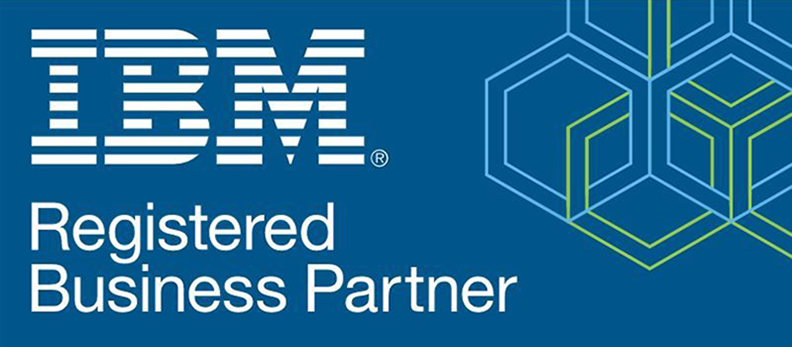IBM Power Users Beware! End of Support Isn’t the End – Here’s What You Must Know!
10 February 2025 - 4 Minute Read
IBM End of Support Doesn’t Mean the End of Genuine IBM Maintenance for Your IBM Power Hardware and Operating System Software
IBM recently announced the end of service for select IBM Power9 products, effective January 2026 ([IBM Announcement]). Many users, unaware of their options, may already be planning an upgrade to Power10 hardware. However, they might be surprised to learn that IBM continues to support 15-year-old Power7 systems under Maintenance Agreements.
Why Maintain Older IBM Power Systems with IBM OEM Support?
Some organisations may wonder why a 15-year-old server and its software require IBM Original Equipment Manufacturer (OEM) support. Couldn't a Third-Party Maintenance (TPM) provider offer similar services at a lower cost? While TPMs may be cheaper and able to source spare parts, they categorically cannot deliver the same level of service. To understand why, we must examine how IBM hardware users operate their systems and the challenges they face.
The Importance of IBM Maintenance Services
IBM Hardware Maintenance Services provide legal access to microcode and firmware, while IBM Software Maintenance grants access to the latest operating system versions. This applies to any Power platform under these agreements, regardless of age.
Many IBM users follow an N-1 operating system strategy, ensuring they are one version behind the latest OS release. However, some businesses are application-bound to specific operating systems or hardware serial numbers, making any hardware upgrade an expensive and complex process. This can result in organisations remaining on older Power systems longer than expected.
When it comes to firmware and microcode updates, however, users are often far behind. While they may be on N-1 for OS, they could be N-60 or worse for firmware and microcode. This poses a significant security and compliance risk that many IBM Power users may not fully recognise.
The Risks of Third-Party Maintenance (TPM) for IBM Power Platforms
Users who have relied on TPM support often find themselves in a precarious position due to the lack of legal access to the latest firmware and microcode. Many TPM providers fail to emphasise the importance of these updates, incorrectly suggesting that no further releases will be made available. While it is true that IBM ceases new firmware and microcode releases at some point, the bigger issue is how outdated an organisation’s system already is. Once a company moves to TPM support, they lose access to IBM's updates, making it impossible to catch up on critical security patches and improvements. Many outages and security vulnerabilities could have been prevented simply by keeping firmware and microcode up to date.
Baby Blue IT and IBM: Helping Customers Return to IBM Maintenance
The good news is that Baby Blue IT has partnered with IBM to help customers, regardless of their IBM Power system model or storage solution, return to IBM Maintenance. This partnership allows businesses to:
- Reinstate IBM support for Power7, Power8, Power9, and Power10 systems.
- Bring their systems up to date with the latest microcode and firmware levels.
- Ensure compliance and security by addressing long-overdue updates.
- Cover any licensing fees associated with returning to IBM support.
Once IBM support is reinstated, our team, alongside IBM’s technical resources, will work to ensure your system is fully updated and secure, protecting your critical workloads and business operations.
Future-Proof Your IBM Power Systems with Baby Blue IT
If you are running an IBM Power system—whether it’s Power5, Power6, Power7, Power8, Power9, or Power10—you can still bring it back under IBM support with the help of Baby Blue IT Consultancy. Don’t wait until a security vulnerability or compliance issue forces an urgent upgrade. Contact us today to ensure your systems remain protected, compliant, and fully supported by IBM.
About the Author

Chris Smith
Chris Smith is a sales leader and consultant with over 30 years of experience in IT managed services. With a background in IBM hardware maintenance, he transitioned from field engineer to sales and marketing director, creating the foundations for Blue Chip Cloud, which became the largest IBM Power Cloud globally at the time. Chris played a key role in the 2021 sale of Blue Chip and grew managed services revenue by 50%. He’s passionate about building customer relationships and has implemented Gap Selling by Keenan to drive sales performance. Now, Chris helps managed service providers and third-party maintenance businesses with growth planning and operational improvement.
LinkedIn




